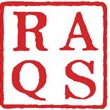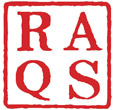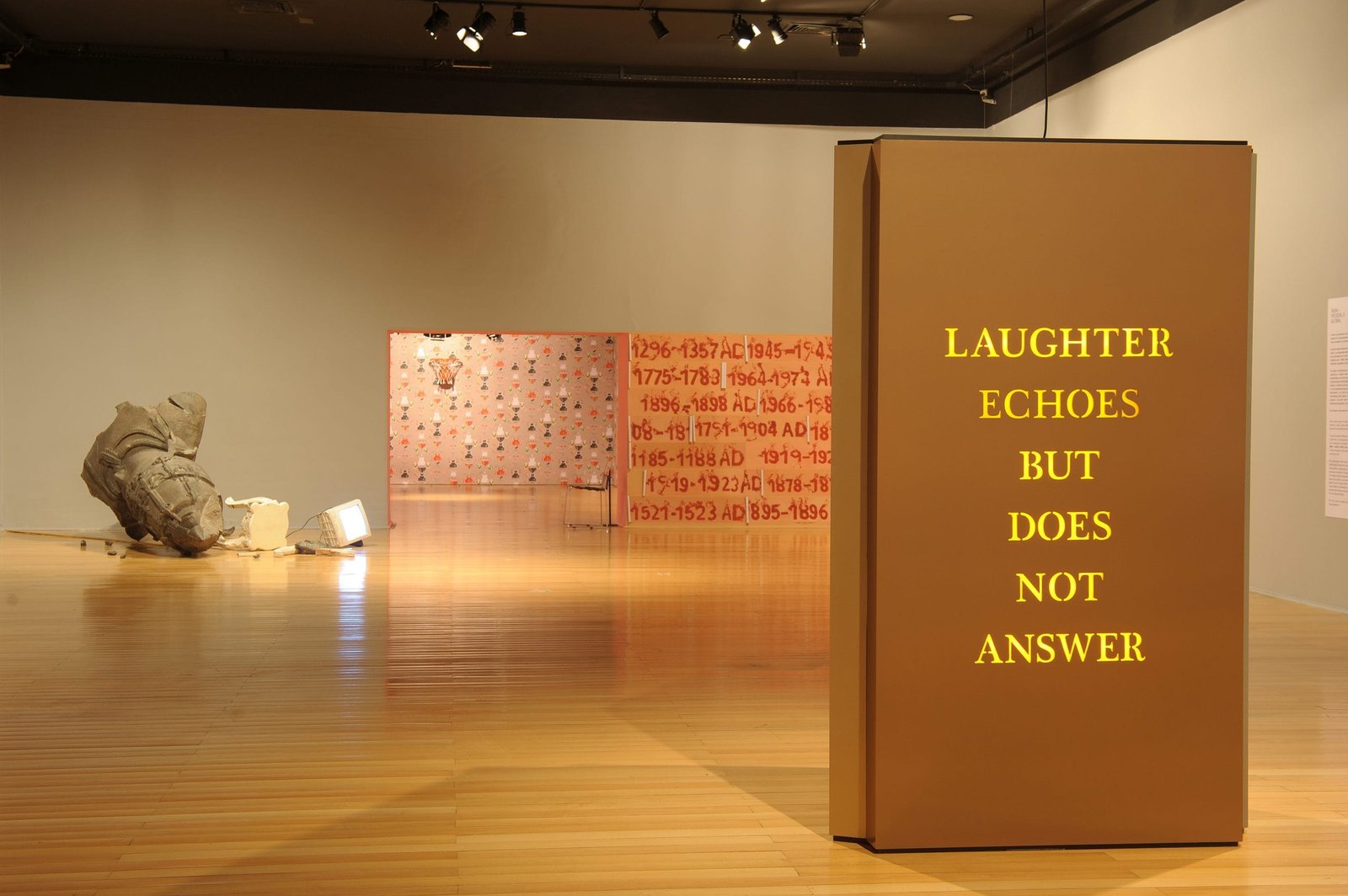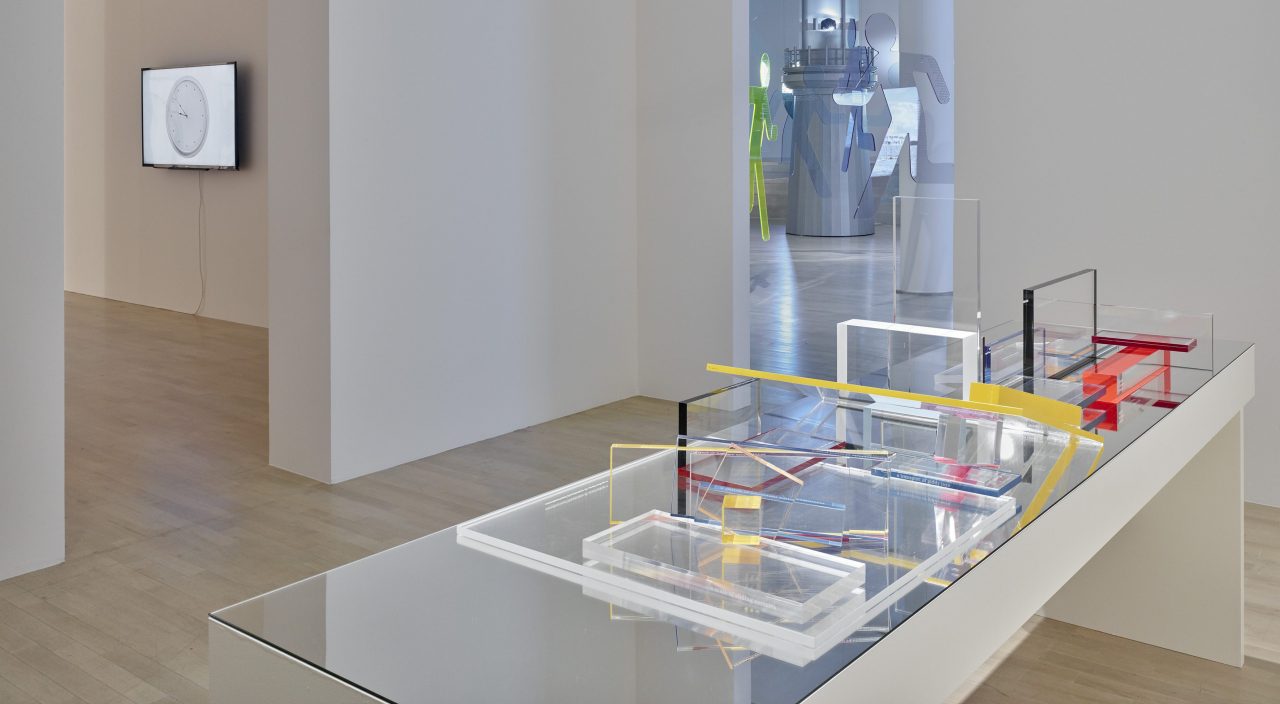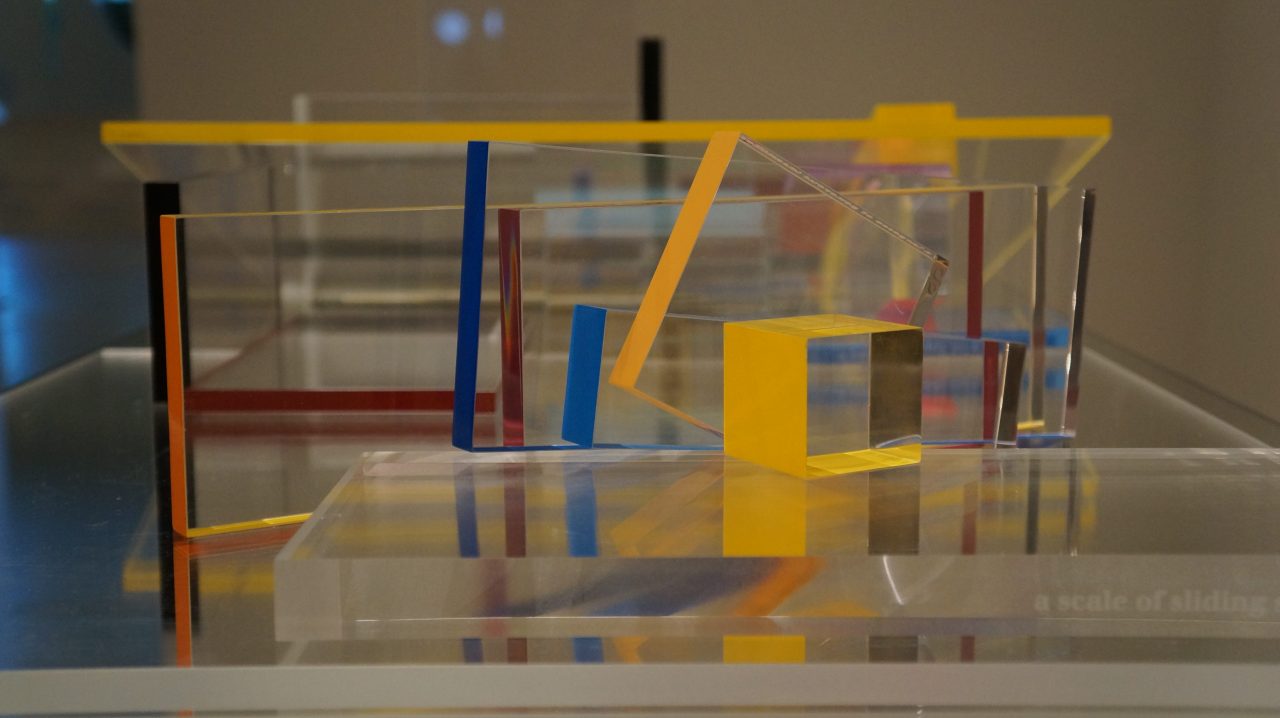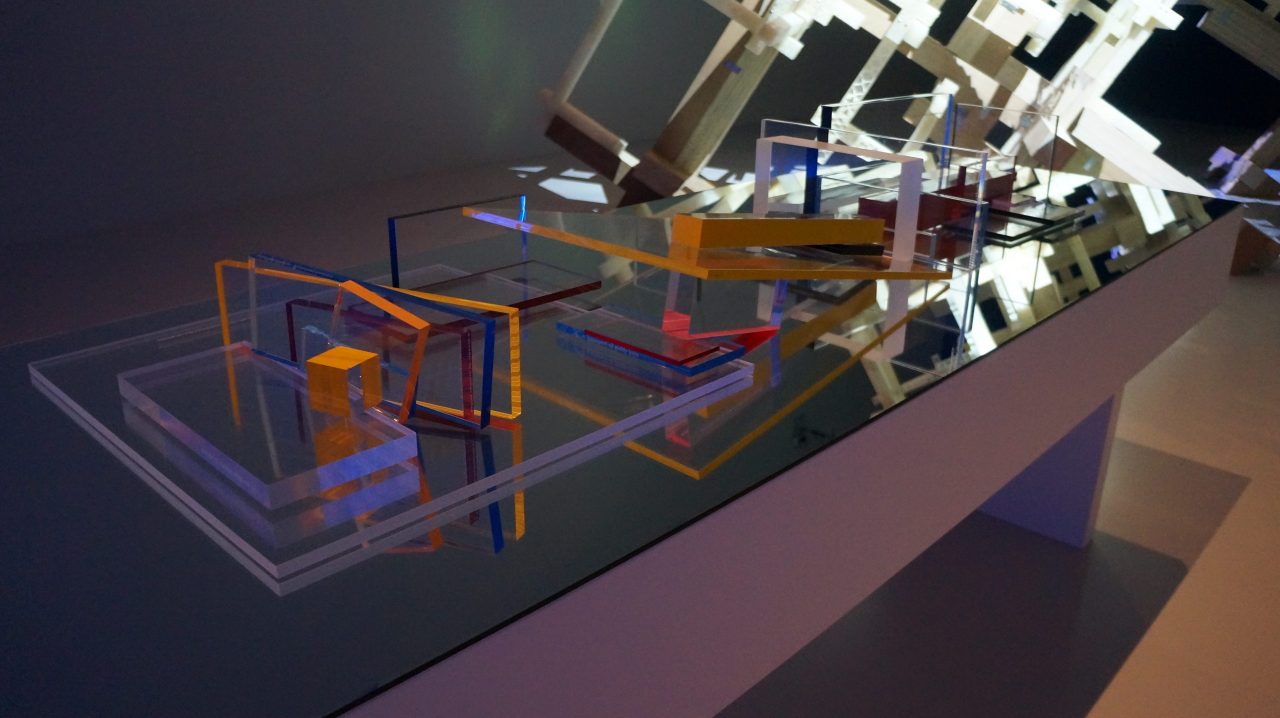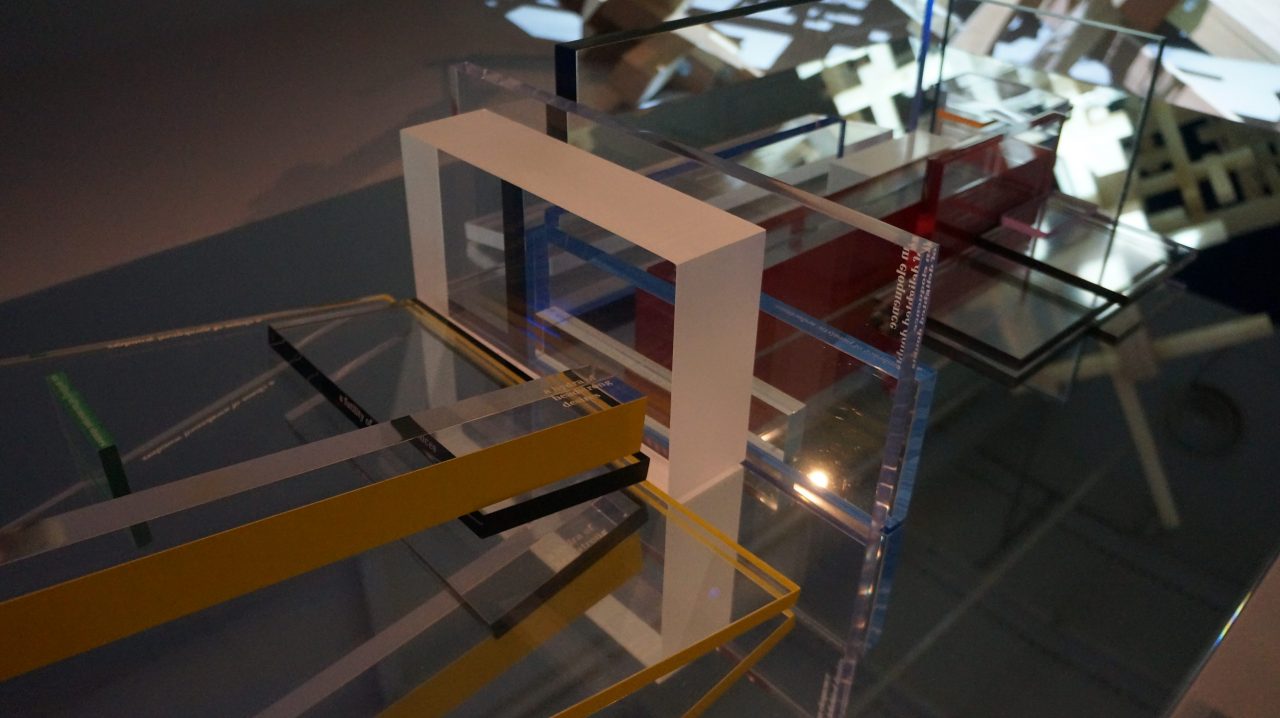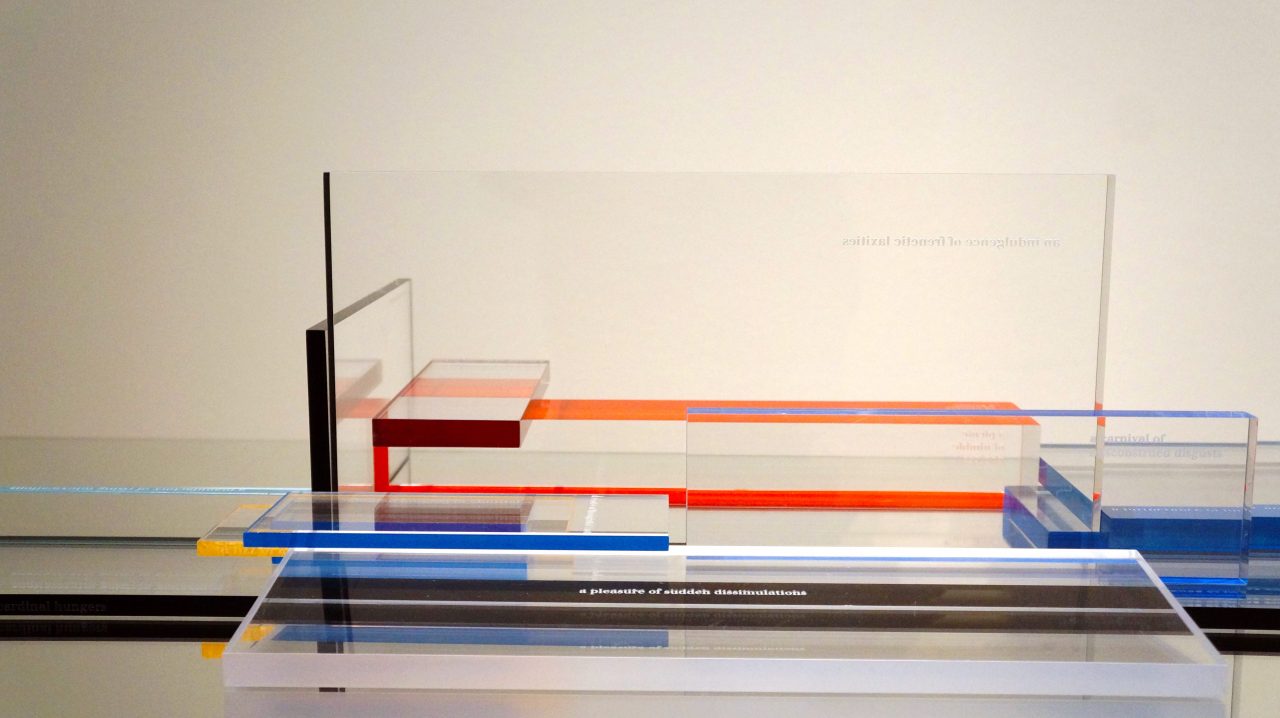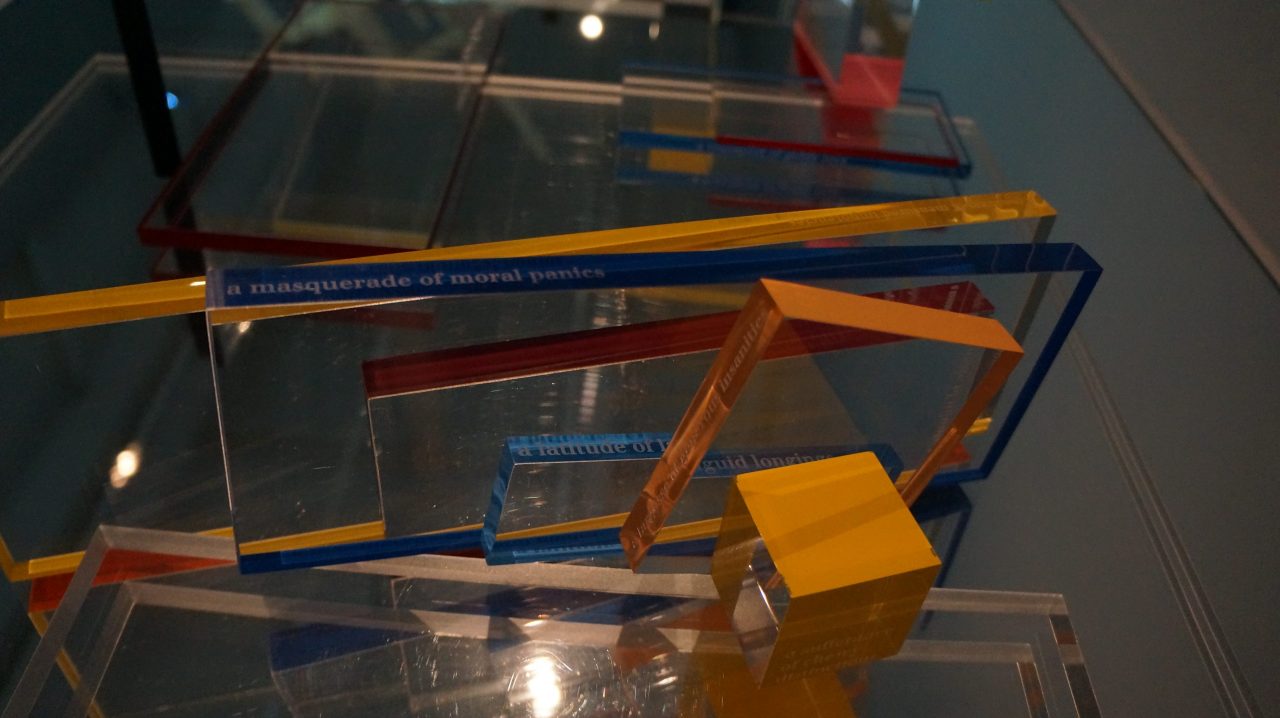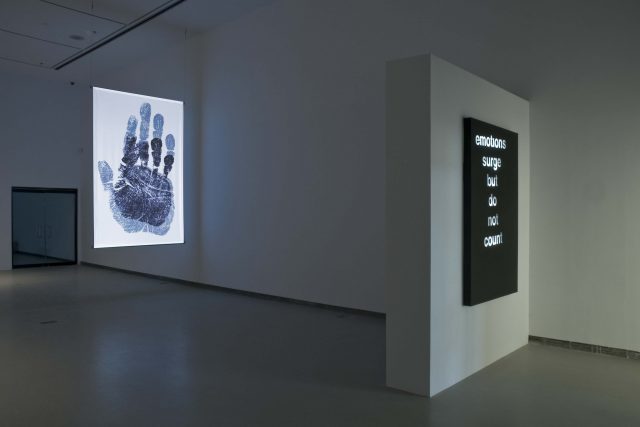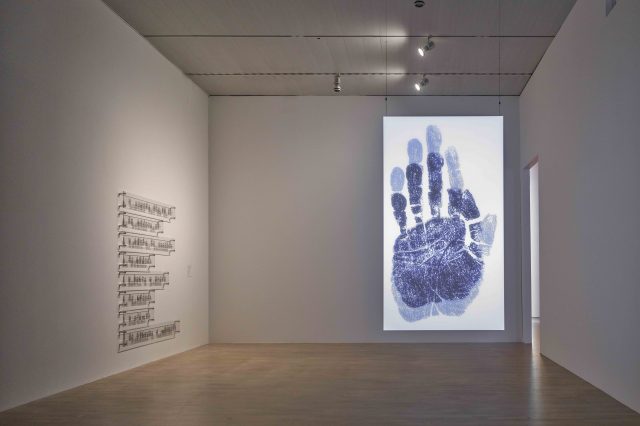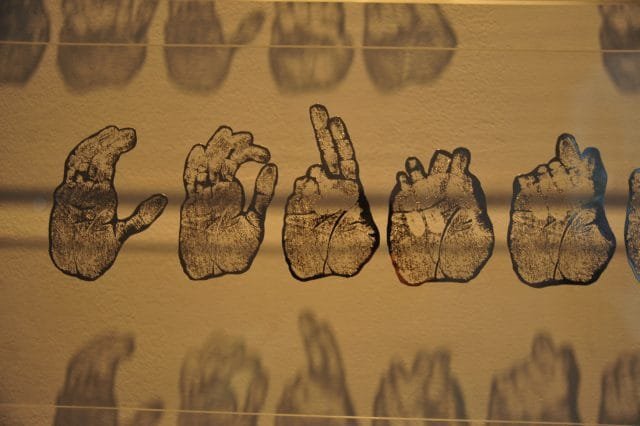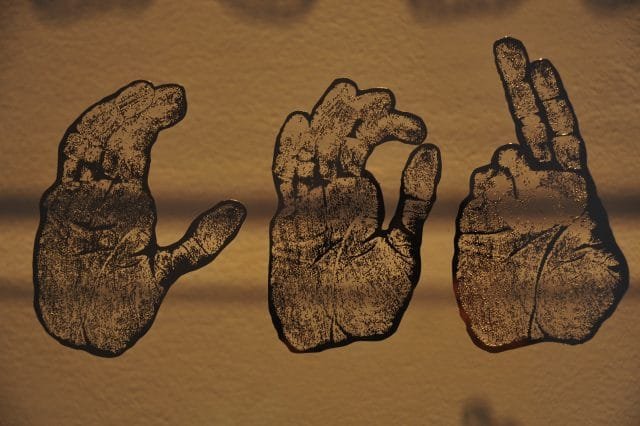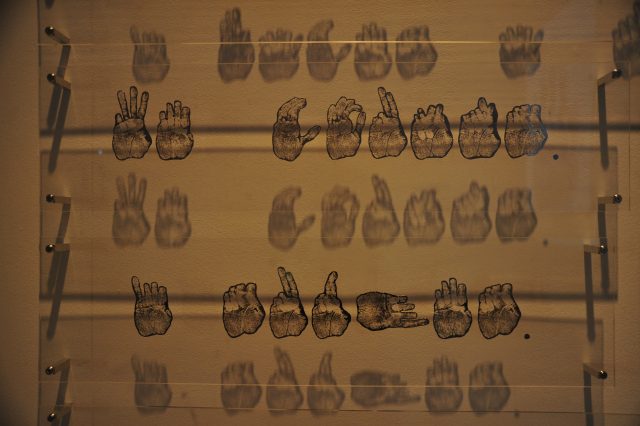Photographs mounted on acrylic glass, neon, Series of 6, each 64 x 94 x 10 cm
Art Gallery of York University, Toronto (2011)
Seven photographic prints trace the journey of an illuminated vehicle across a liminal landscape. Neon letters, gesturing towards a terse but optimistic instruction, annotate each step of the way.
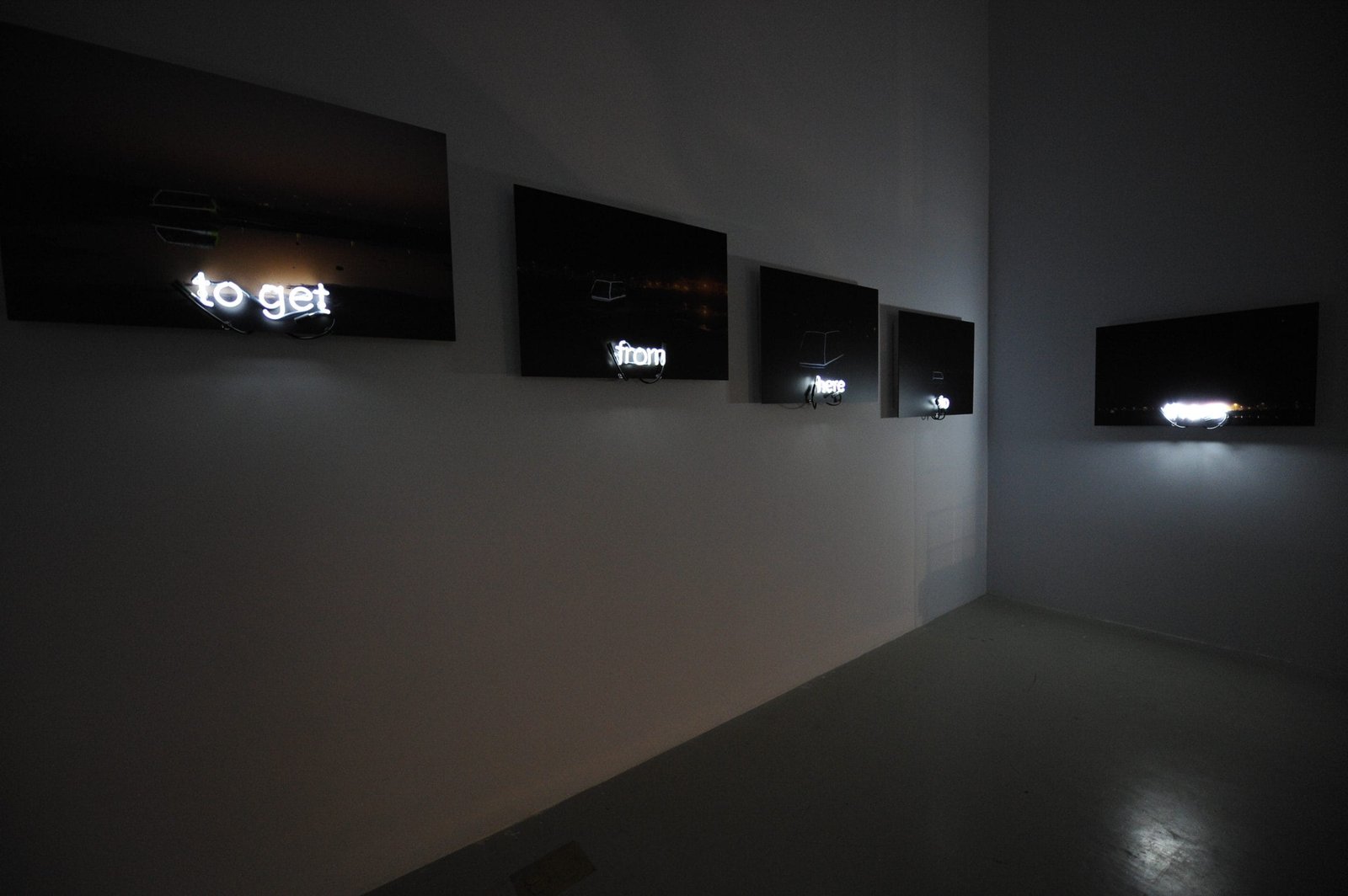
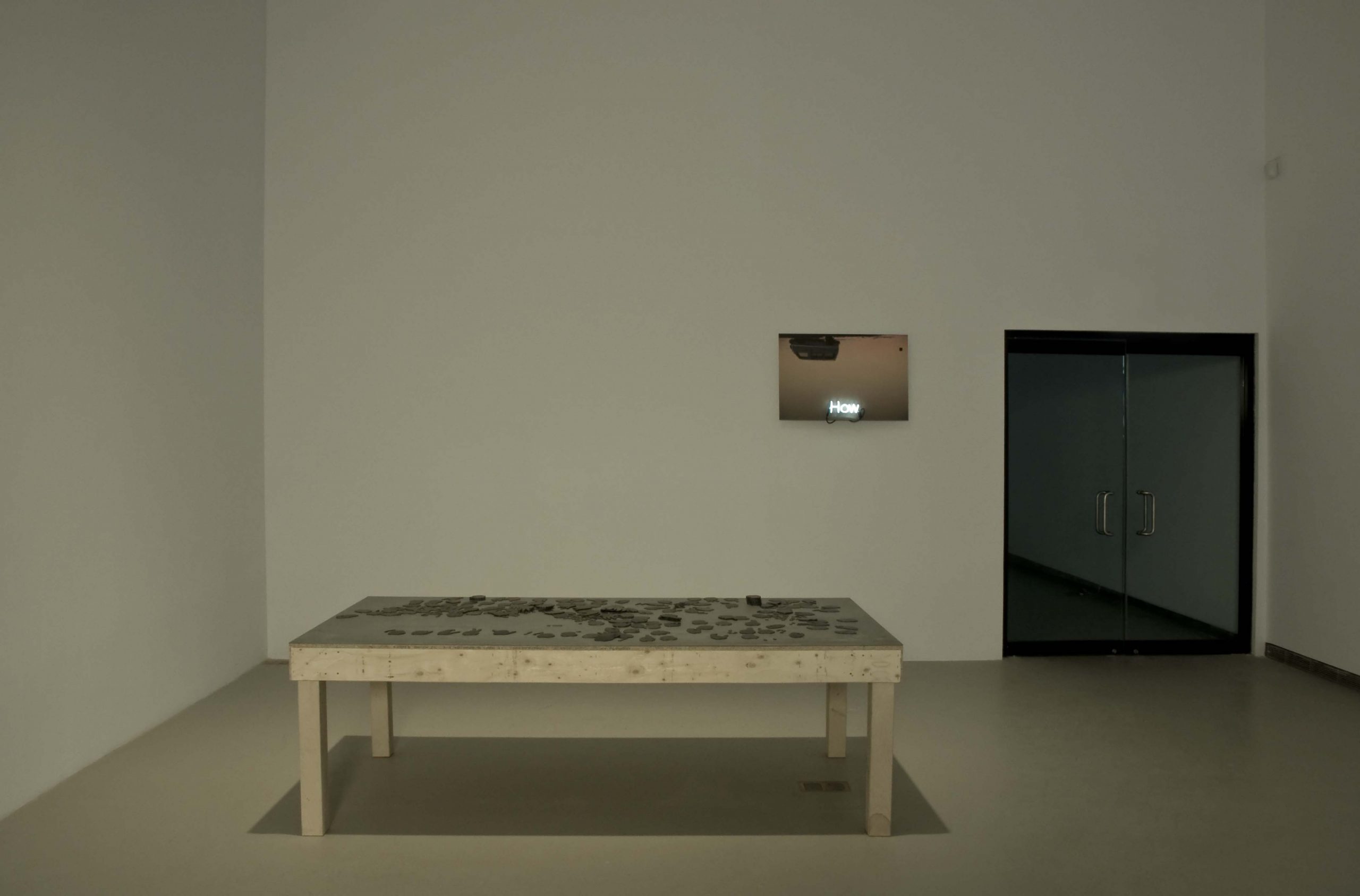
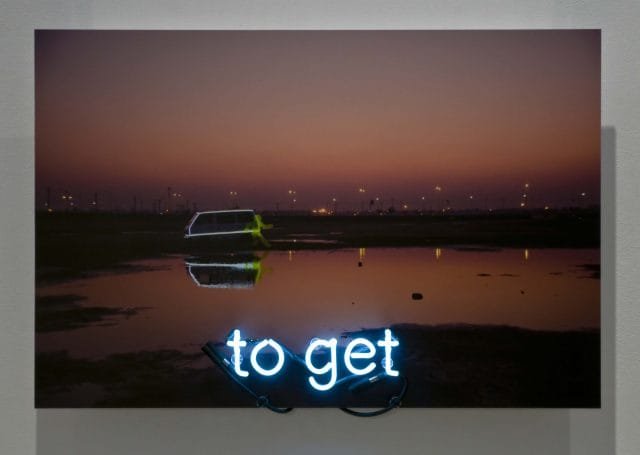
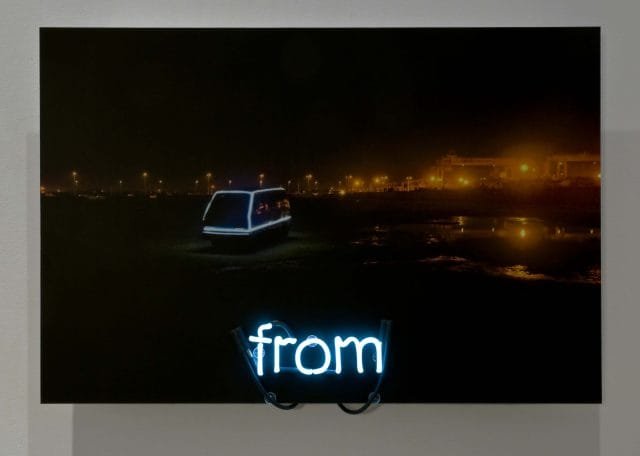
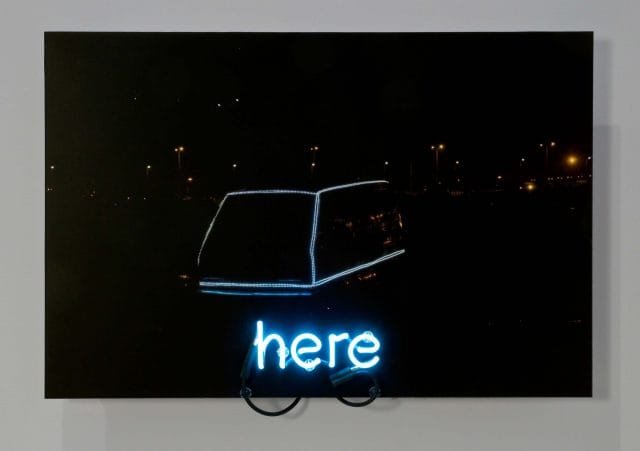
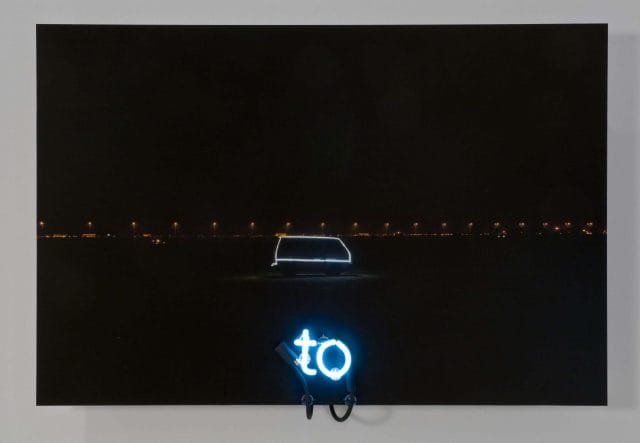
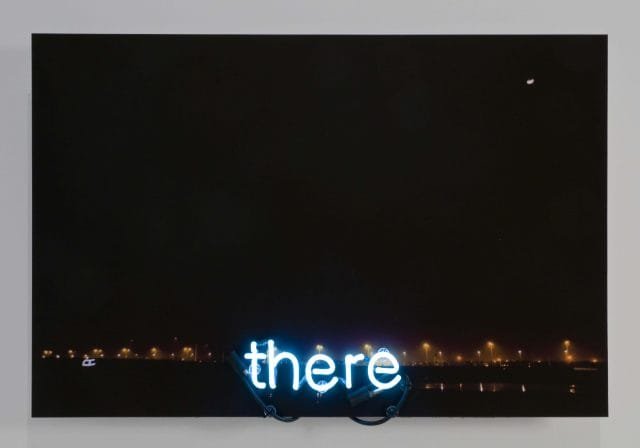
Cured MDF, LED lights, wooden frame, lighting sequencer
Art Gallery of York University, Toronto (2011); Lado A Lado (India – Side by Side), Rio de Janeiro and São Paulo (2012).
MONEY TALKS BUT DOES NOT REMEMBER
TIME STOPS BUT DOES NOT DIE
POWER SURGES BUT DOES NOT ENDURE
MEMORY FADES BUT DOES NOT FORGIVE
LAUGHTER ECHOES BUT DOES NOT ANSWER
EMOTIONS SURGE BUT DO NOT COUNT
“Proverbs” is a series of textual sculptures that express a set of ambiguities about transactions and relationships. Money, Power, Time, Emotion, Regret, Laughter, Memory are the first set of key concepts. These are the scaffolding on which a set of concrete thoughts is built, which, like proverbs, can act as the currency of conversation. Each “proverb” is a frieze made out of text incised on to a horizontal plane. The proverbs are activated by fluctuations of an electrical signal that illuminate different configurations of the words in the text. Each configuration yields a terse new sense, sometimes contrarian, sometimes tangential, always precise. Light dances across the words, the proverbs change, meaning multiplies.
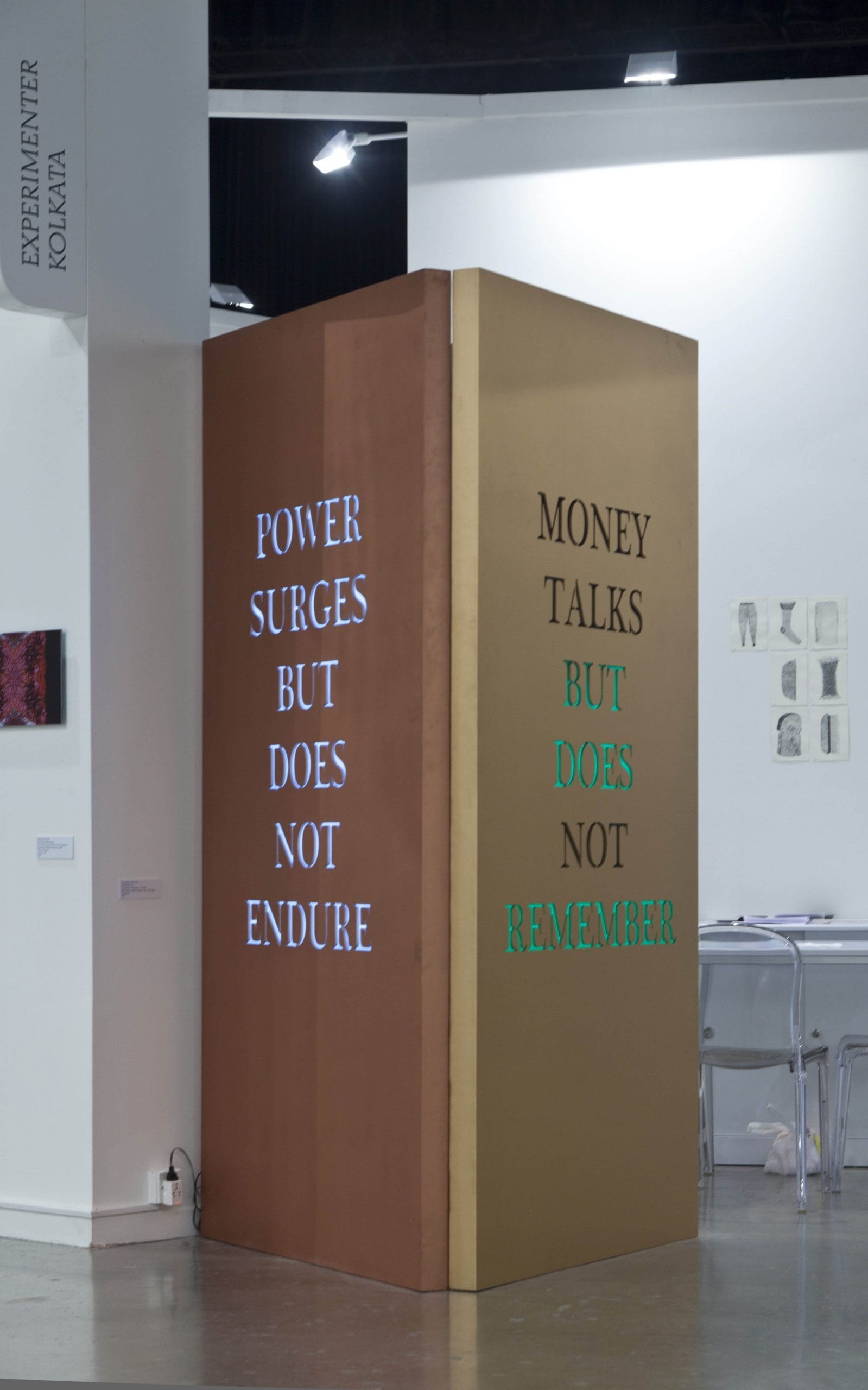
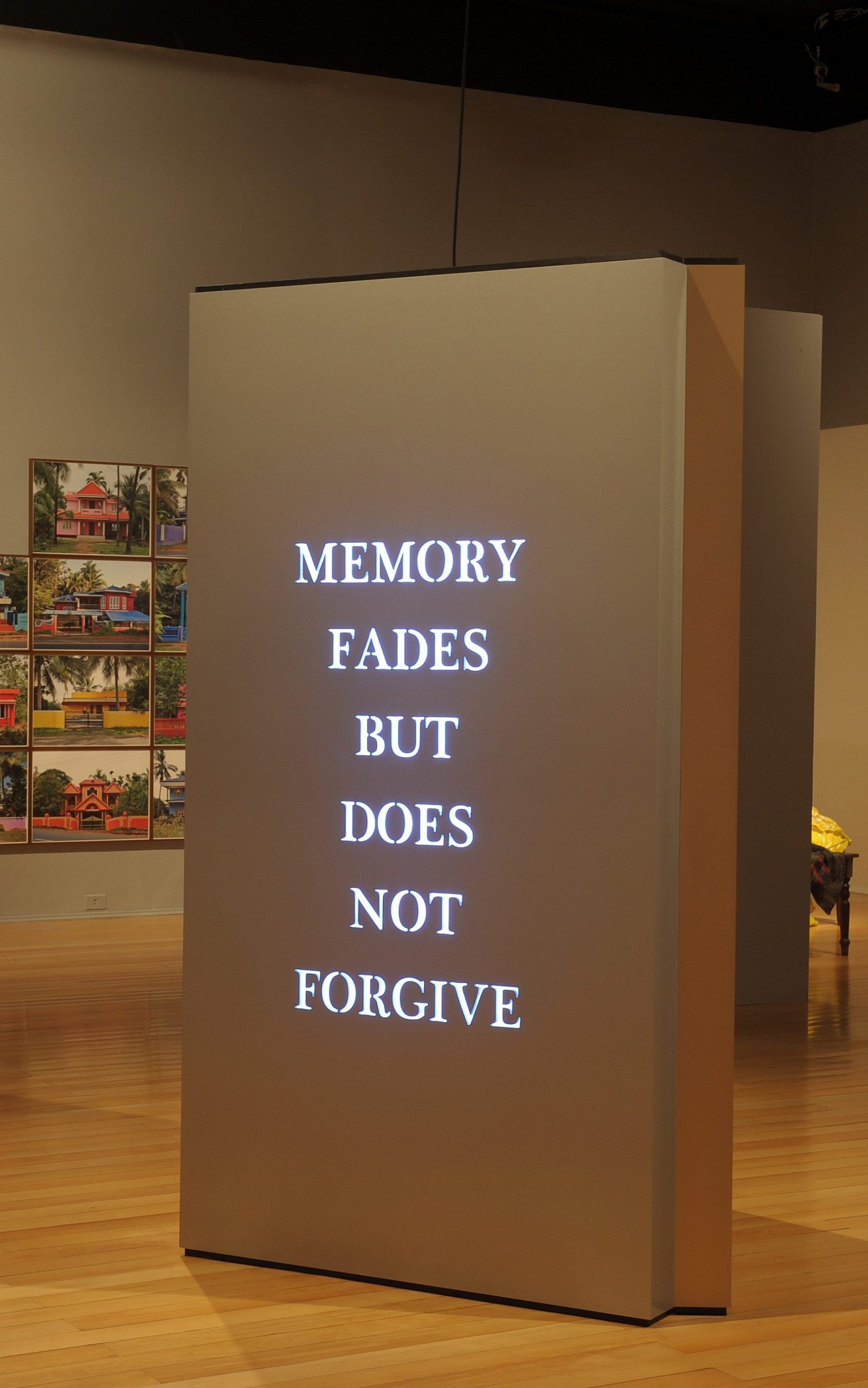
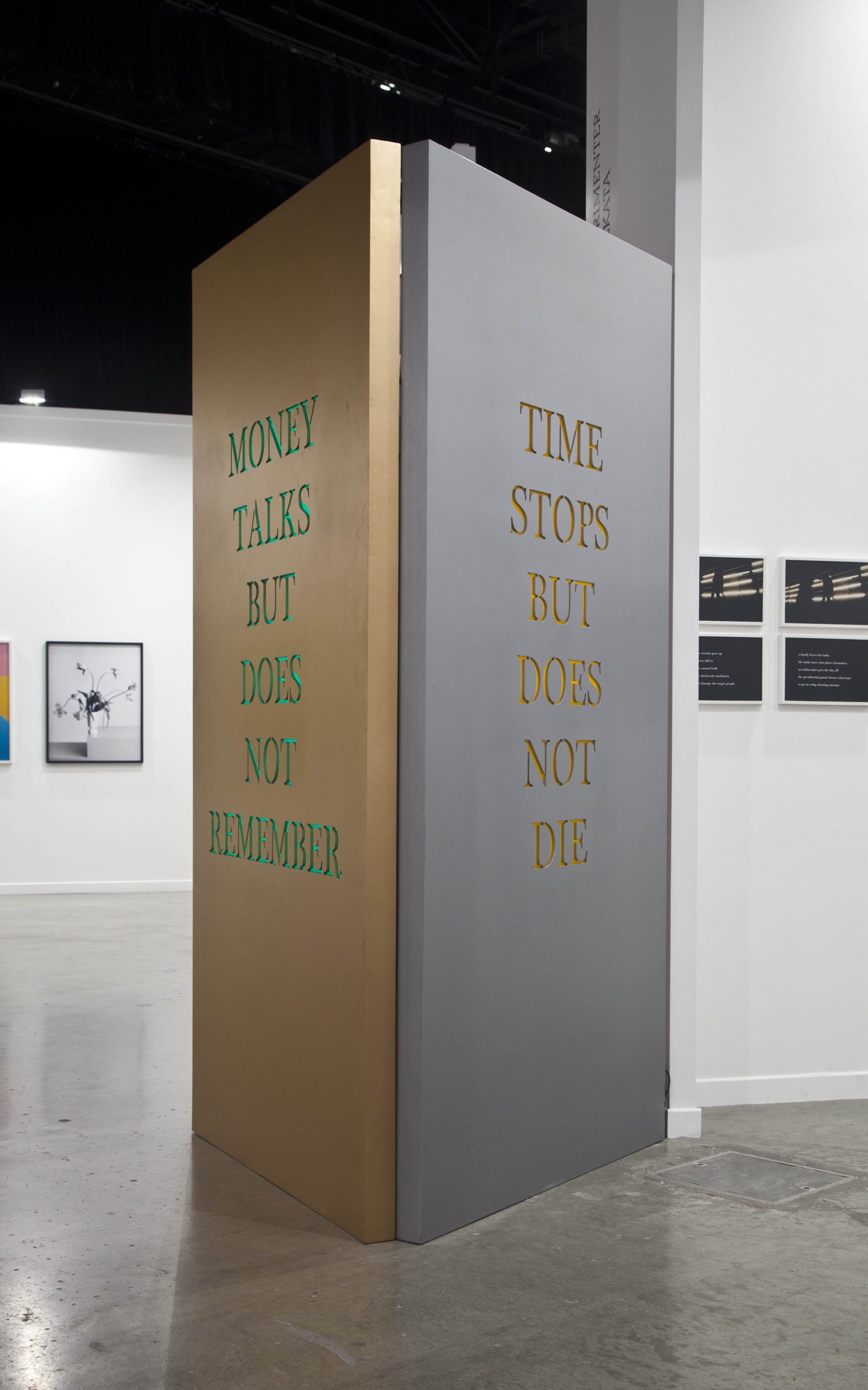
Laser engraved acrylic glass, furniture, lighting (180 x 150 x 60 cm)
Art Gallery of York University, Toronto (2011); Raqs Media Collective, The Photographers’ Gallery, London (2012)
36 Planes of Emotions extends the palette of emotions to include states of collective potential. These are embodied in an assemblage of phrases, surfaces, and transparencies that enlist a cluster of invented collective nouns. The nouns etch enigmatic, invented states of being and emotions on to transparent acrylic surfaces. Light, words, perspex hues, and refractions produce their own whimsical annotations. The list of emotions is building upon a medieval Sanskrit manual of aesthetics, as well as the understanding that no one experiences a single emotion singularly – all affect is layered and multiple. Raqs make new collective nouns to hint at this complexity.
Looped video projection (00:47 minutes)
Lalit Kala Akademi, New Delhi (2011); Art Gallery of York University, Toronto (2011); Museum fur Moderne Kunst (MMK), Frankfurt (2012); NGMA, Delhi (2014); K21, Düsseldorf (2018)
In every sum figured by power, a remainder haunts the calculation. Not everything adds up. A people are never equal to a listing of their bodies. They are something more and something less than a population. Counting counter to the reasons of state, Raj Konai, a peasant from nineteenth century Bengal, the owner of the floating trace of a disembodied hand indexed in a distant archive, persists in his arithmetic. The handprint of Raj Konai was taken in 1858 under the orders of William Herschel – scientist, statistician, and at the time, a revenue official with the Bengal government. It was sent by Herschel to Francis Galton, a London eugenicist and pioneer of identification technologies. It is currently in the custody of the Francis Galton Collection of the University College of London. This is where the Raqs collective first encountered the image of Raj Konai’s hand. Fingerprinting experiments, and later technologies, all began with this handprint. India has now embarked on a nationwide Unique Identification Database (UID) and plans to have its billion soon counted and indexed.
An Afternoon Unregistered on the Richter Scale
looped video projection (3:30 minutes)
Art Gallery of York University, Toronto (2011); The Photographers’ Gallery, London (2012)
An Afternoon Unregistered on the Richter Scale is a looped video projection of an archived photographic image in which a room full of surveyors is transformed through a series of subtle alterations. The photograph in question is titled Examining Room of the Duffing Section of the Photographic Department of the Survey of India. It was taken in 1911 in Calcutta by British photographer James Waterhouse.
We intervene in this image to conjure a constellation of stars onto a drawing board, induce tremors too gentle to disturb the richter scale, reveal a dreamed up desert, make time wind backwards, stain the afternoon with indigo, and introduce a rustle and a hesitation in the determined stillness of the surveyors hard at work mapping an empire. The work functions as a meditation on the condensation of time in the photographic image as well as a gentle disturbance in the serious enterprise of recording and commemorating the imposition of order on a fractious landscape. The surveying department isunhinged from empire and annexed to the commonwealth of dreams.
Laser-cut metal on acrylic, vinyl text (222 x 204 x 10 cm)
Art Gallery of York University, Toronto (2011) and Guesswork, Frith Street Gallery, London (2012)
In Rewriting On the Wall, hand-prints are reconfigured to produce an alphabet of gestures—each a gloss of the letters in standard American Sign Language as used by deaf and mute people. The letters add up to a text (which accompanies the work): a stammering, hesitant, syntactically unsure consideration (written by a hand that appears on the wall like the hand that wrote on the wall in the episode of Belshazzar’s feast in the Old Testament) of the relationship between ‘I’ and ‘We’ and the horizon that encompasses singular and plural modes of being.
